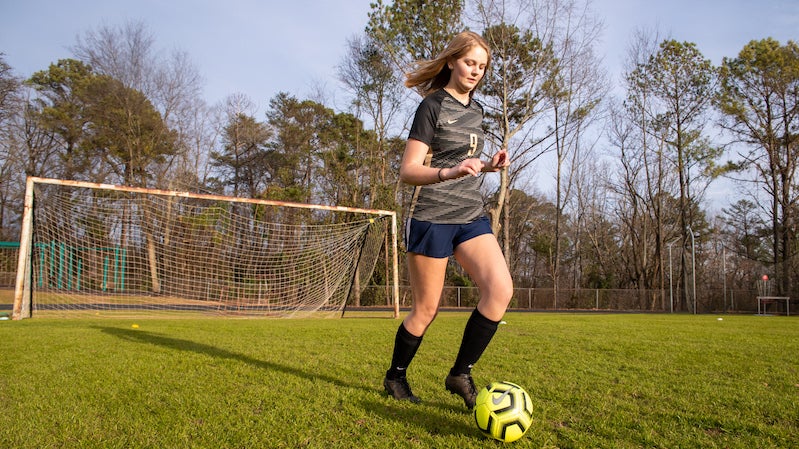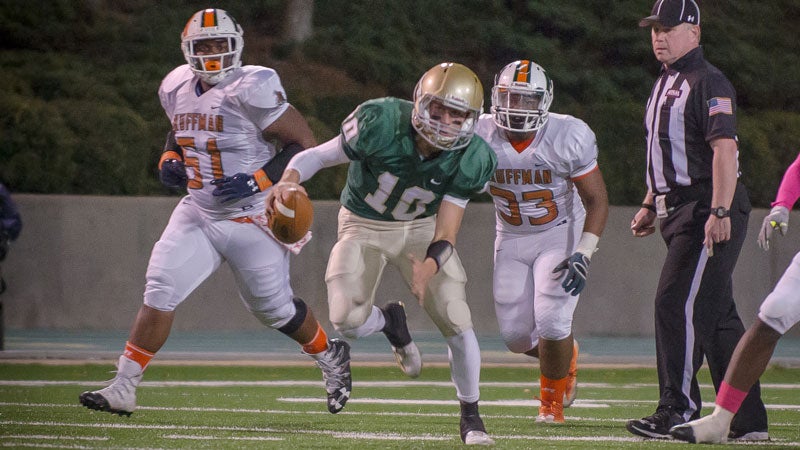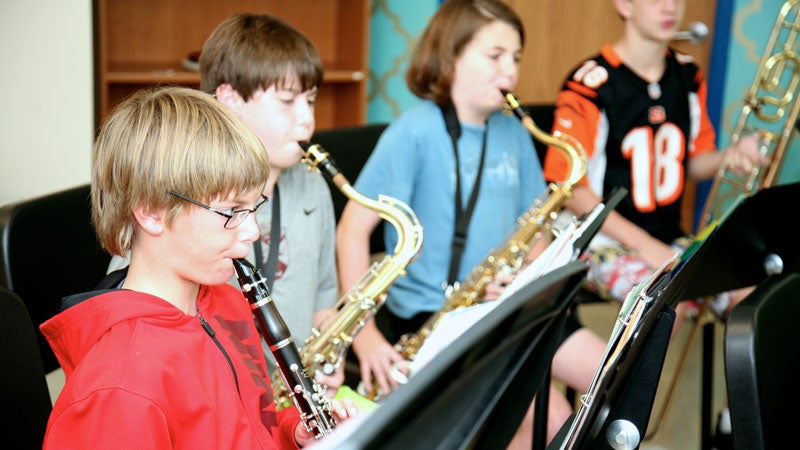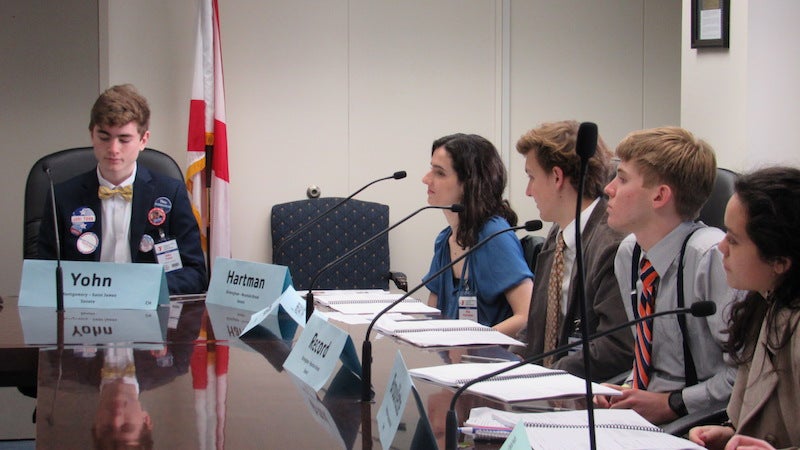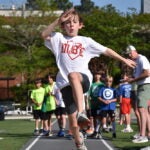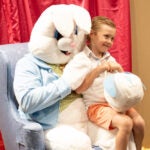By Madoline Markham
Photos by Keith McCoy
In the beginning, Carlisle Wilson didn’t remember when it happened. She would “space out” into a dream-like state for 30 seconds to a minute and say and do things that made sense to her in the moment but puzzled everyone else around her.
In physics class once she looked her teacher in the eye and said, “This is dumb,” and walked straight out of the classroom. “Of course I wouldn’t have done that (normally),” Carlisle says. “Everyone else in the class was like, ‘What is going on?’”
Another time she and her mom were getting out of the car, and she looked at her mom and said, “Hawks are not supposed to be in the car.”
Yet another time during a soccer game she told another player, “Carlisle is not playing soccer right now.”
“You could understand exactly what she was saying, but it was incoherent,” her mom Brantley Fry says. “It was really random things.”
The first of these incidents had come on at soccer practice when Carlisle was 13. “My coach called my parents really worried and said, ‘Something is wrong,’” Carlisle recalls. “They said, ‘Oh, she’s just dehydrated or didn’t have enough to eat today. She’s fine.’”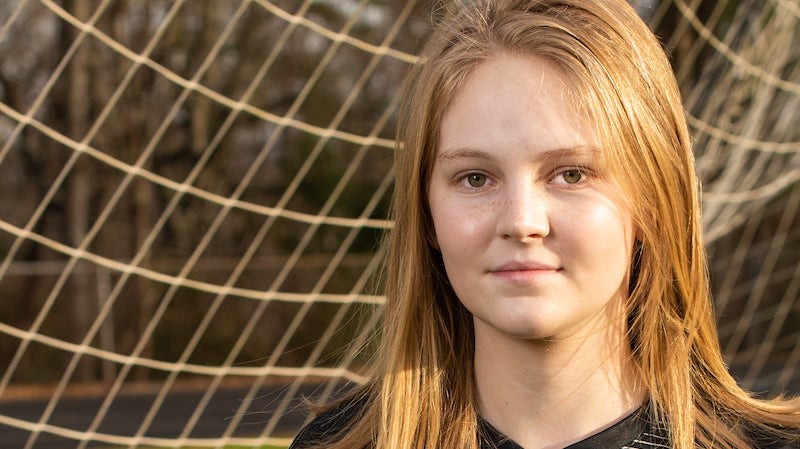
When they started to return every few months, Carlisle and her parents met with doctors. These initial visits didn’t point to seizures, so they didn’t think it was epilepsy.
But then over Thanksgiving that year at a soccer tournament in Disney World, her parents saw her have a seizure for the first time and knew something was wrong. By age 14, she had received a diagnosis of epilepsy after all. Hers took the form of focal onset impaired awareness seizures.
“Before Carlisle was diagnosed, we all had a very vivid mental image of what a seizure looked like,” Brantley says. “We thought about it as being convulsive, shaking. What we have learned during this odyssey is there are so many different types of seizures.”
Before her diagnosis, Carlisle said she didn’t think epilepsy was common, but she quickly learned she had been wrong. “One in 26 people in the U.S. have epilepsy, which is a huge number,” she says. “A lot of people just think epilepsy is if you have convulsive features, but it is defined by having seizures that aren’t related to an accident and by repeated seizures.”
For years as Carlisle’s seizures continued in series of three or four in a day once every three months, her constant was soccer. She had first started kicking a soccer ball before she can even remember. Starting at age 2 she played Sunday Soccer at Brookwood Forest Elementary, and she’d later play for the Levite Jewish Community Center and then competitively for BUSA (Birmingham United Soccer Association). By eighth grade she was on the varsity team at The Altamont School, where she plays center mid and center forward for the team as a senior today.
At times when she would have a seizure on the soccer field, Carlisle would turn and walk away from what she was doing, but to everybody on the field it looked like she had just decided to stop playing. She and her family remained grateful that her seizures were not convulsive because she was not in direct danger of falling down or hitting her head.
Throughout her journey with seizures, Carlisle says her team and coach were very supportive. “A couple of times I would grab onto someone on the other team, and they would be like, ‘What are you doing? Get off of me!’ But everyone on my team would say, ‘She can’t control it! I’m sorry!’ Trying to quickly explain to opponents what happened was a little weird, but the rest of it was pretty easy because of my team being so supportive and understanding of what was happening.”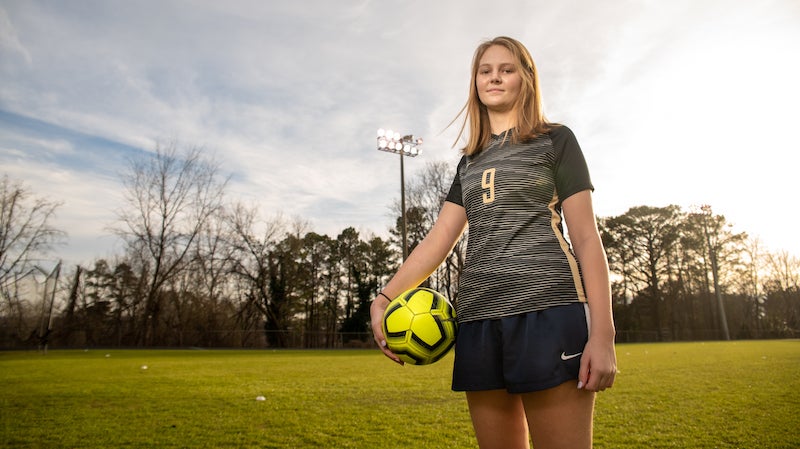
But then in July 2019 Carlisle’s seizures picked up in frequency dramatically for an unknown reason and were occurring every day. By the time she had brain surgery at Children’s of Alabama in November 2019, she was having 30 a day.
As a part of the procedure, a surgical team put electrodes on her brain on the first day, and then they monitored the electrical activity so they could pinpoint where in her brain her seizures were coming from. Three days later they went back into the brain surgically to take out whatever they identified from the electrodes.
The surgery worked, “kind of,” as Carlisle tells it. Afterward she was still having about 15 seizures a day.
Brantley says Carlisle’s medical team at Children’s was “phenomenal” and helped guide them to Columbia University’s children’s hospital in New York for Carlisle’s second surgery in October 2020. She also says they credit Children’s and UAB for connecting them with a medical team to address Carlisle’s complicated case.
The surgery in New York used a different procedure to drill holes to put electrodes deeper down in her brain where they thought the seizures had their root. And this time the outcome was drastically better. Carlisle had been seizure-free for three months as of the writing of this article.
Now that she’s on the other side of surgery, Carlisle says she understands all the more just how supportive her friends—from Altamont and her years at Mountain Brook Elementary and soccer teams and Camp Green Cove—had been all along. “My friends tell me that it’s weird walking around places now because before they made sure I was crossing the streets safely, and I didn’t realize they were doing it at the time,” she says. “They still find themselves doing it because it’s instinct now.”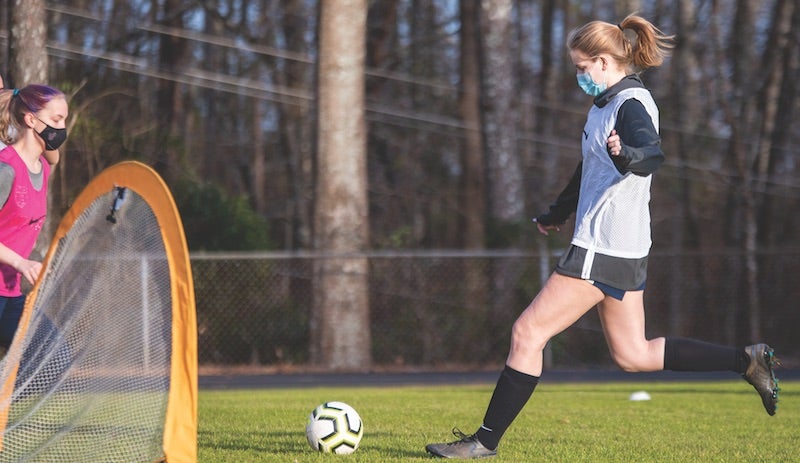
When she did have a seizure, her friends knew what to do and they would do it, and then they would all go right back to what they were doing before. “They took care of her but they didn’t treat her any differently,” Brantley says. “They leaned into it in a way that was really cool to watch as a parent. I think we fear the social implications of epilepsy, and Carlisle has been really lucky in that regard.”
Life post-surgery has also given Carlisle a new perspective on the sport she’d always known. For the first surgery she had to take two months off of soccer, and for the second she had to take off the entire fall season. “Being out made me miss it so much,” she says. “I think I took it for granted before and now I don’t.”
But still, she was back on the field within about five weeks after major brain surgery. “She wasn’t heading the ball or with contact, but she could kick around and do conditioning,” Brantley says. “It was remarkable.”
As Carlisle heads into her senior soccer season, Altamont has moved up to 4A-3A from 2A-3A classification in athletics, setting the scene for an “interesting season,” Carlisle says. “But I’m excited!”
“(Soccer is) such a good mental and physical release for her,” Brantley says. “It’s her way of letting loose while being productive and part of a team.”

